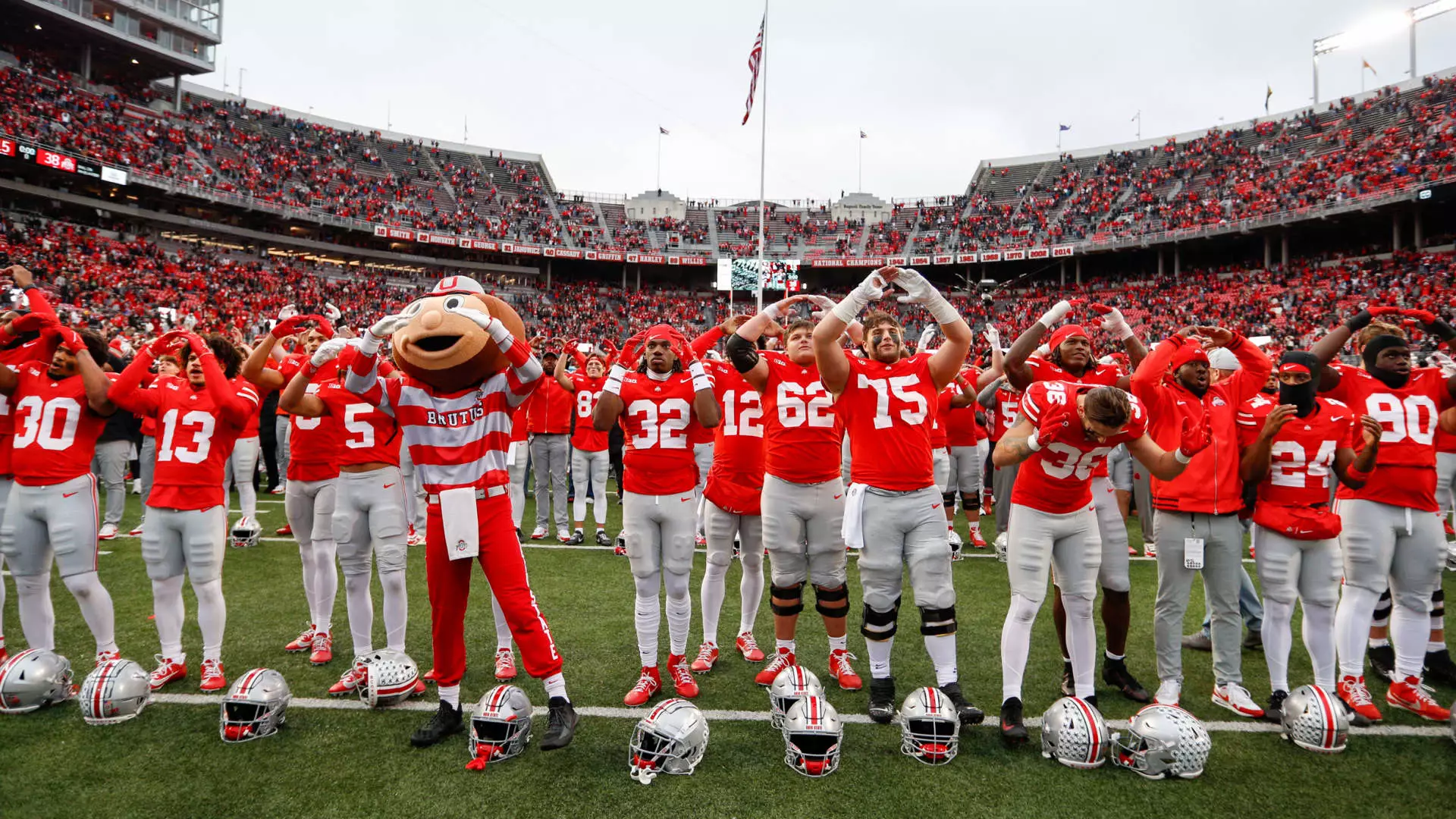The landscape of college athletics has evolved from a focus on amateurism to a multi-billion dollar industry, attracting interest from private investors eager to capitalize on its immense profitability. Each year, collegiate sports programs generate substantial revenues, presenting both unique opportunities and challenges for those involved. This article examines the factors contributing to the valuation of college athletic programs, highlighting the significant role of conferences, media rights deals, and alumni engagement in shaping these financial ecosystems.
The assessment of a college sports program’s worth is complex, extending beyond simple revenue figures. At the forefront of this discussion is Ohio State University, recognized as the most valuable college athletic program, estimated at an impressive $1.27 billion. This valuation stems from diversified revenue streams—most notably, a staggering $280 million generated in 2023 alone. Such numbers are not solely indicative of on-field success; rather, they reflect a robust framework involving immense alumni support, a vast fan following, and strategic financial contributions from boosters.
Alumni engagement plays a critical role in the financial health of these programs. With more than 600,000 alumni, Ohio State boasts a notable base that engages significantly in fundraising efforts. Boosters, who collectively donated nearly $60 million last year, provide essential financial backing that fuels not only the athletic programs but also reinforces school spirit and loyalty. This dynamic illustrates how strong community ties can enhance a program’s valuation, diverging from traditional revenue analysis.
The predominance of wealth within athletic programs is closely tied to conference alignments. The Southeastern Conference (SEC) and Big Ten dominate the rankings, with total valuations of $13.3 billion and $13.2 billion, respectively. The driving force behind these figures lies in lucrative media rights agreements that significantly enhance school revenues. As the demand for college sports content soars, networks are willing to pay top dollar for broadcasting rights. This trend reflects a broader shift in consumer habits, where college sports are revered not only as local events but as national spectacles, enhancing the visibility and profitability of participant programs.
Additionally, the inherent competitiveness of these conferences fosters an environment of excellence and recruitment. Schools within the SEC and Big Ten frequently attract top-tier talent, thereby amplifying their visibility and appeal. A successful football team, for instance, draws larger crowds and increases merchandise sales, creating a cycle of growth that complements media rights revenue.
Data-Driven Insights: Evaluating Financial Performance
The financial metrics used to evaluate college athletic programs are derived from a comprehensive analysis of institutional data. Market analysts leverage databases such as those provided by AthleticDirectorU, which aggregates financials across a range of collegiate programs. These figures come from reputable sources, including the Department of Education and various athletic commissions.
The methodology for establishing valuations involves employing a revenue multiplier that is adjusted based on various factors—such as conference affiliation and anticipated growth in areas like name, image, and likeness (NIL) deals. Institutions that can effectively manage and enhance these revenue drivers, through strong marketing strategies and alumni involvement, are more inclined to see positive adjustments in their overall valuations.
As college athletics continue to mature as a highly profitable sector, the interest from private equity and institutional investors is likely to grow. Understanding the multifaceted nature of program valuations and the sustainability of these financial models will be crucial for potential investors. With enormous alumni networks, powerful media contracts, and a culture deeply rooted in community engagement, the intrinsic value of college sports programs is poised for continued expansion.
The financial landscape of college athletics represents far more than mere statistics; it is a vibrant ecosystem driven by passion, community, and evolving business strategies. As stakeholders explore opportunities in this market, they must navigate both the responsibilities and expectations that accompany such investments, ensuring they contribute positively to the legacy of college sports.

